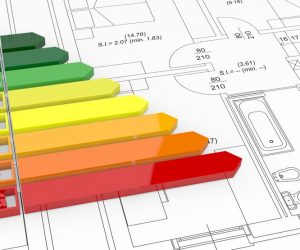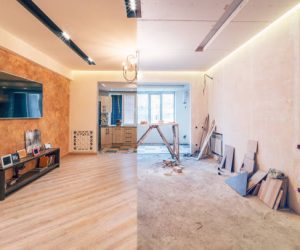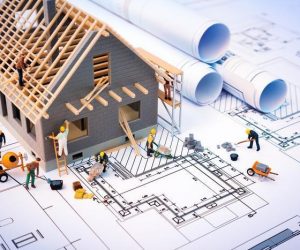The Importance of Building Envelope in Saving Energy by Reducing Thermal Demand

In our quest for sustainability and energy efficiency, the concept of the building envelope stands out as a fundamental approach to reducing energy consumption. The building envelope—comprising walls, roofs, windows, doors, and floors—plays a critical role in determining the thermal performance of a building. A well-designed and properly constructed building envelope, often guided by an energy advisor and informed by an energy efficiency audit, can significantly reduce thermal demand. This, in turn, leads to lower energy consumption, aligning with building standards like the Step Code, and ultimately resulting in cost savings and environmental benefits.
Understanding the Building Envelope
The building envelope acts as a barrier between the indoor and outdoor environments. It regulates the flow of heat, air, and moisture, thus maintaining a comfortable indoor climate. The envelope’s effectiveness is determined by its insulation, airtightness, and materials used. By enhancing these aspects, we can reduce the need for heating and cooling, which are the primary energy consumers in most buildings.
The First Envelope Approach
The “first envelope approach” emphasizes the initial design and construction phase of the building. This approach advocates for integrating energy-efficient features right from the beginning rather than retrofitting them later. Key elements include:
- High-Performance Insulation: Using advanced insulation materials with higher R-values to reduce heat transfer through walls, roofs, and floors.
- Airtight Construction: Minimizing gaps, cracks, and openings to prevent unwanted air leakage, which can lead to significant energy loss.
- High-Quality Windows and Doors: Installing energy-efficient windows and doors that provide good thermal performance and prevent drafts.
Better Envelope, Lower Heat Loss
A better building envelope means lower heat loss. By enhancing the insulation, airtightness, and thermal properties of the building components, we can drastically reduce the amount of heat escaping during winter or entering during summer. This results in a more stable indoor temperature and reduces the workload on heating and cooling systems.
- Insulation: Properly installed insulation reduces the rate of heat flow, keeping the indoor environment warm during the winter and cool during the summer.
- Airtightness: Sealing all potential leaks ensures that conditioned air stays inside and unconditioned air remains outside, thereby reducing the need for additional heating or cooling.
- Windows and Doors: Energy-efficient windows and doors with low-emissivity coatings and multiple panes provide better insulation compared to standard single-pane options.
Lower Thermal Demand, Lower Energy Consumption
Reducing the thermal demand of a building is directly proportional to lowering its energy consumption. When a building is well-insulated and airtight, the heating and cooling systems do not have to work as hard to maintain a comfortable indoor temperature. This leads to:
- Reduced Energy Bills: With less energy needed for heating and cooling, building owners can expect to see a significant reduction in their utility bills.
- Enhanced Comfort: A stable indoor climate free from drafts and cold spots enhances occupant comfort.
- Environmental Benefits: Lower energy consumption translates to reduced greenhouse gas emissions, contributing to a smaller carbon footprint and a healthier planet.
Conclusion
The building envelope is a crucial component in the drive towards energy efficiency and sustainability. By focusing on creating a high-performance envelope through better insulation, airtight construction, and energy-efficient windows and doors, we can significantly reduce thermal demand. This not only leads to lower energy consumption and cost savings but also contributes to environmental conservation. Investing in a robust building envelope is a smart and sustainable choice for any property owner looking to improve energy efficiency and reduce their environmental impact.
Remember, a better envelope today leads to a greener, more energy-efficient tomorrow.





